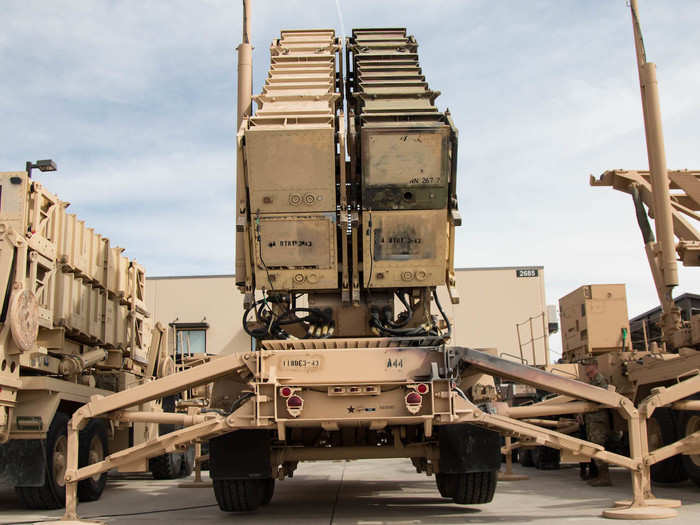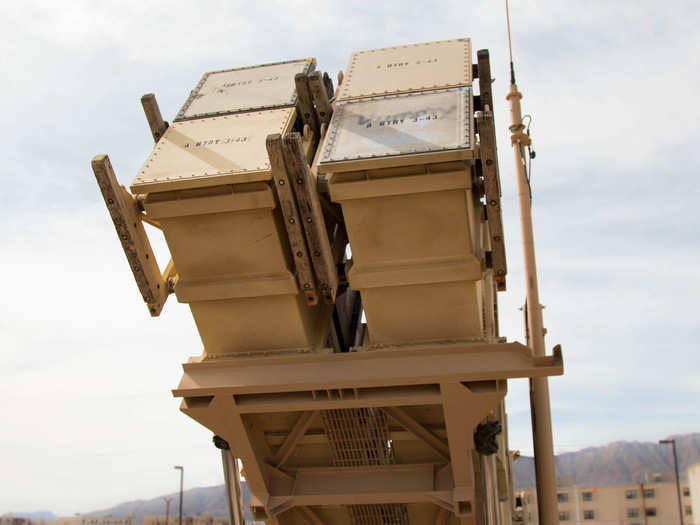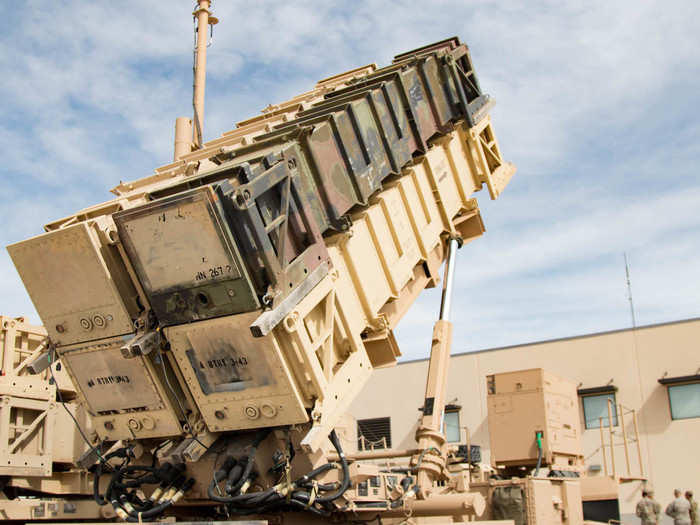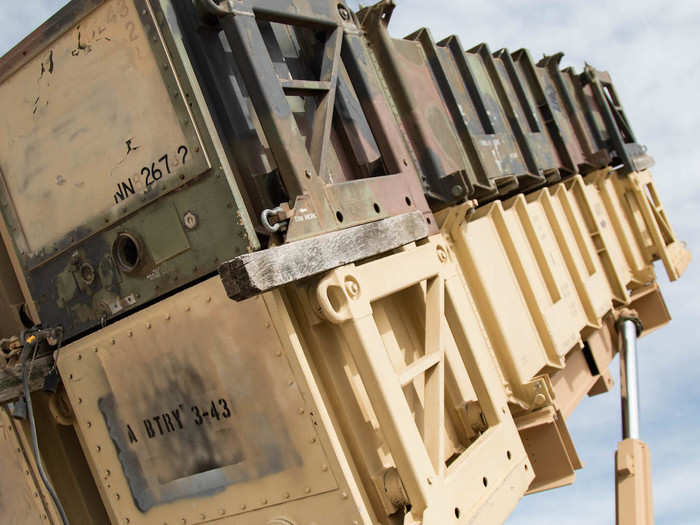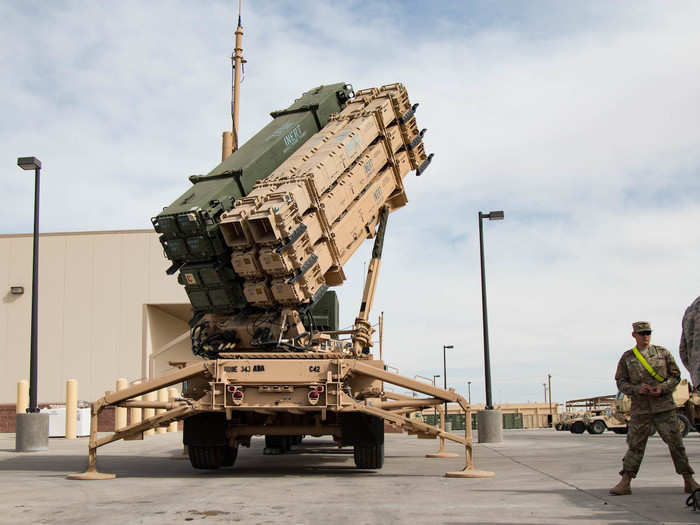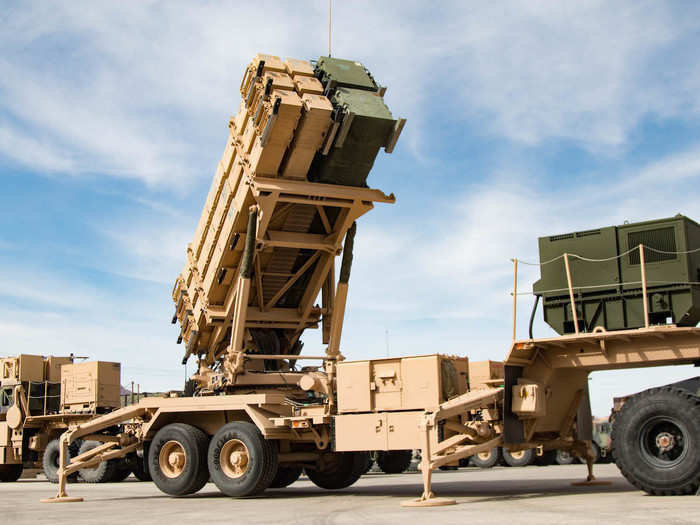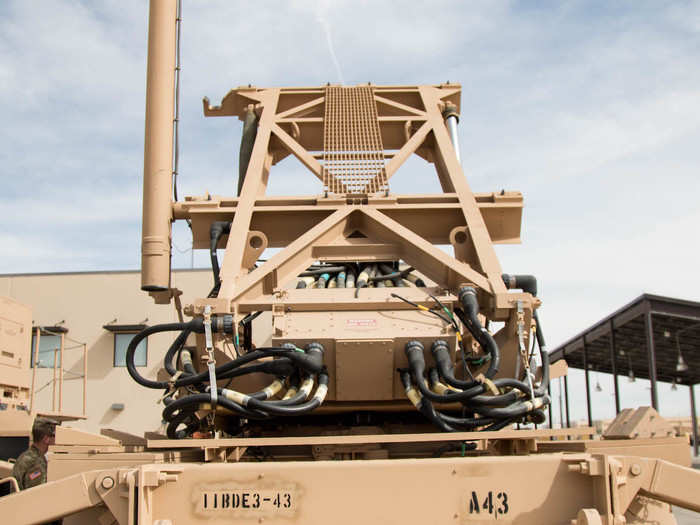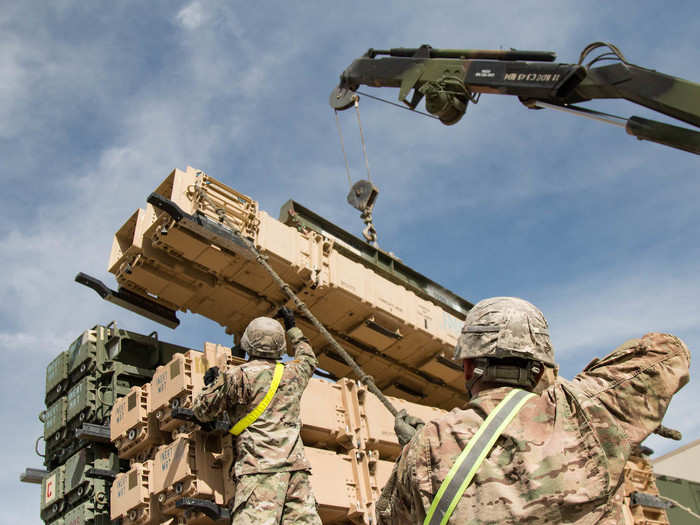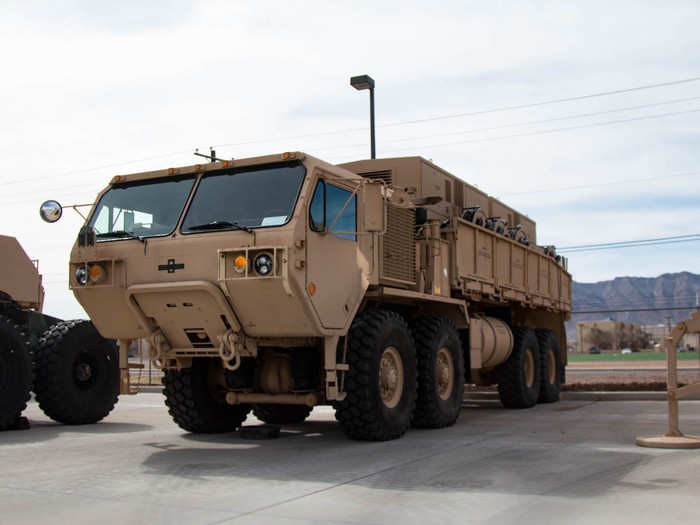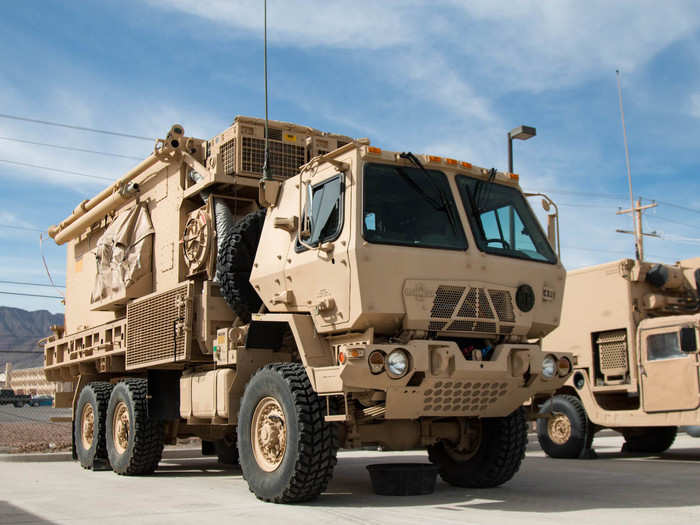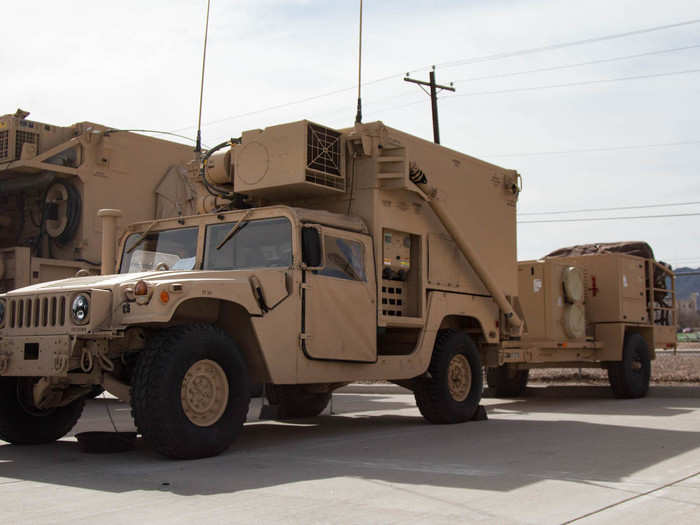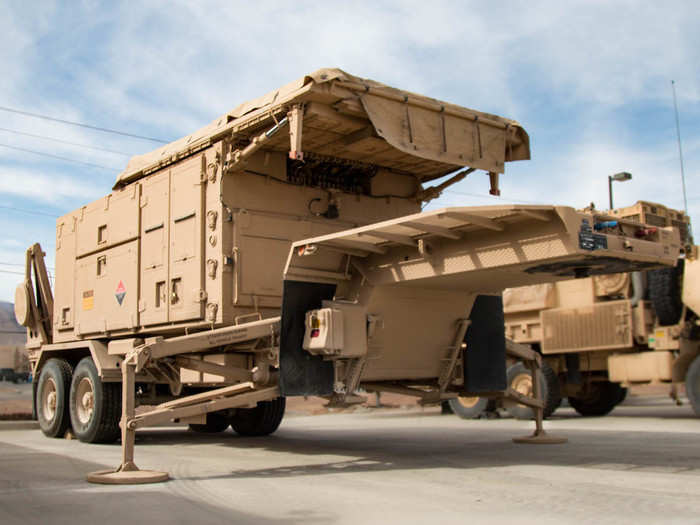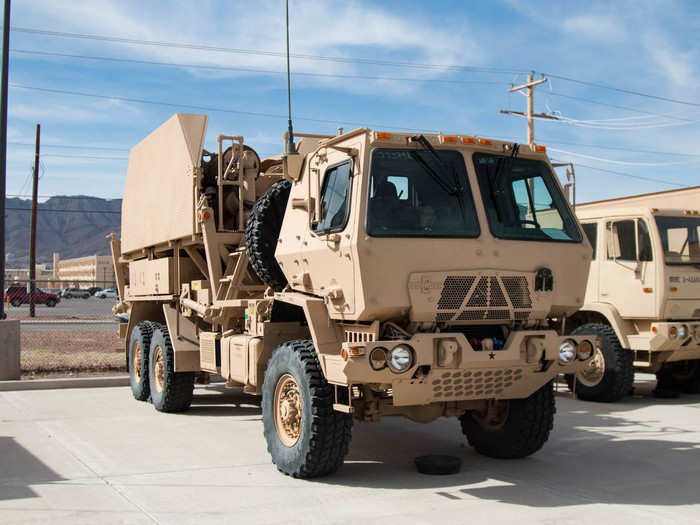The Patriot fires two kinds of missiles: the Pac-2s and Pac-3s.
The main difference between the Pac-2 and the Pac-3 is that the Pac-3 has a radar transmitter and guidance computer and uses hit-to-kill technology, directly hitting the targeted missile with a small warhead.
The Pac-2s, on the other hand, explode near the target to either knock it off its course or explode it.
The Pac-2 replaced the older Pac-1.
Pac-2s have a maximum speed of Mach 5, a maximum range of more than 60 miles and a maximum altitude of 20 miles.
They have a maximum speed of Mach 5, a maximum range of 9 to 28 miles, depending on the target, and a maximum altitude of 6 to 9 miles.
And how it's loaded.
Now let's look at the five other vehicles that make up a Patriot battery and allow it to operate.
Source: CSIS
And this is the antenna mast group, which works with the radar to track targets.
The Patriot is currently in service with 14 countries, including the US.

